Trump is obviously an extremely divisive figure. And one of his most controversial policies is getting a lot of attention right now:
Tariffs.
“The Right” says tariffs are a strategic tool to bring back American manufacturing.
“The Left” says they hurt allies and drive up costs for consumers.
So what’s the truth?
As always, the truth is somewhere in the middle.
Today, we’re cutting through the noise to explore:
What tariffs are (and aren’t)
How they’ve been used historically
What both sides get right (and wrong)
What I’ll be watching over the coming weeks
What this means for your investments
If you’re here for nuance, you’re in the right place. If you’d rather stay in an echo chamber… well, this one’s not for you.
As always, you can watch this article on YouTube as well:
Let’s dive in.
The gold standard of business news
Morning Brew is transforming the way working professionals consume business news.
They skip the jargon and lengthy stories, and instead serve up the news impacting your life and career with a hint of wit and humor. This way, you’ll actually enjoy reading the news—and the information sticks.
Best part? Morning Brew’s newsletter is completely free. Sign up in just 10 seconds and if you realize that you prefer long, dense, and boring business news—you can always go back to it.
What Are Tariffs?
We have to start with the basics, and we have to be as objective as possible.

Tariff: A tax imposed by one country on the goods and services imported from another country to influence it, raise revenues, or protect competitive advantages.
The bottom line? A tariff is a form of tax.
Directly, a tariff taxes the individuals and businesses that purchase the tariffed goods or services from overseas. An American widget manufacturer that uses tariffed Chinese steel would pay the tariff to the US government.
Indirectly, a tariff taxes the consumer. The American widget manufacturer, now facing higher costs, will likely have to raise the cost of the widget to its customers in order to stay profitable. The American consumer who buys the widget likely ends up paying more.
So when “The Left” argues that Americans will pay the tariff, they are correct.
In the short term.
Over time, the goal of tariffs is to encourage more investment in American industry:
The manufacturer might switch to an American steel supplier
The consumer might buy the same widget from another, less expensive manufacturer
Entrepreneurs might notice an opportunity to start a new venture to offer a more competitive alternative to consumers
To be clear, these are the goals of tariffs, and that does not guarantee that these outcomes are achieved.
And we’ll get into that in a moment.
But first, let’s use an analogy to make sure tariffs even simpler.
An Analogy: Restaurant Corkage Fees
Imagine your favorite restaurant used to let you bring your own bottle of wine for free. You and your friends took full advantage, bringing in budget bottles and saving money.

But one day, the restaurant changes its policy: Now there’s a $50 corkage fee per bottle.
Suddenly, bringing your own wine isn’t such a great deal. Instead, you start looking at the restaurant’s wine list. Maybe at first, you’re annoyed. But over time, you and your friends get used to ordering from the menu. You even discover some great local wines you wouldn’t have tried otherwise.
That’s how tariffs work.
At first, businesses are frustrated when foreign goods become more expensive. But over time, some companies adapt by sourcing materials locally, investing in domestic production, or finding alternative suppliers.
The long-term effects?
More money flowing to local producers instead of foreign competitors.
New businesses and jobs created in industries that benefit from protection.
But… consumers might still pay higher prices, and some industries reliant on imports could struggle.
Like a corkage fee, tariffs change behavior.
The key question remains:
Do they lead to a thriving domestic industry? Or do they just make everything… more expensive?
American History: A Tale of Two Tariffs
Tariffs can be a powerful tool, but history shows they can either strengthen an economy or break it.
Take the Smoot-Hawley Tariff Act of 1930, one of the most infamous blunders in U.S. economic history.

If you think the recent stock market volatility is bad, imagine the S&P 500 going from 120 to 20…
Designed to protect American farmers and manufacturers during the Great Depression, it hiked tariffs on over 20,000 imported goods.
The result?
Retaliatory tariffs from U.S. trading partners, a collapse in global trade, and an even deeper economic downturn. Instead of reviving American industry, Smoot-Hawley worsened the crisis.
Contrast that with America’s tariff-driven growth in the late 19th century.
From the Civil War to the early 1900s, the U.S. government was almost entirely funded by tariffs. Income taxes didn’t exist yet.
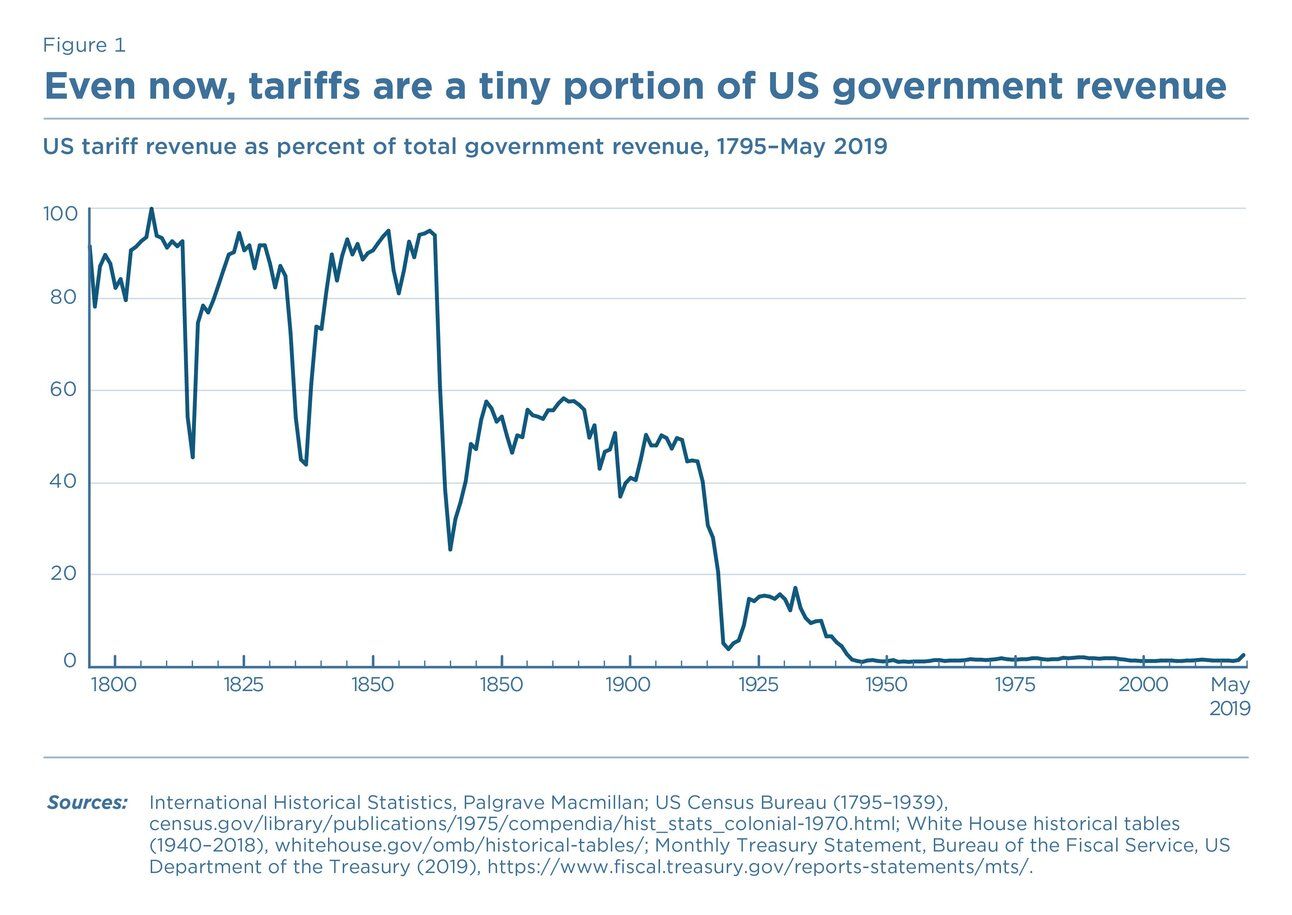
Tariffs used to be close to 100% of the US government’s revenue, for a long time.
High import duties protected emerging American industries, allowing domestic manufacturing to flourish. This era saw rapid industrialization, rising wages, and the U.S. becoming a global economic powerhouse.
The key difference? Smoot-Hawley was reactive and broad, triggering global retaliation. The 19th-century tariff system was part of a long-term strategy that protected American industry.
And the jury is still out on whether or not Trump’s recent tariffs will be a deja vu of the 1930’s or the 1800’s.
While it’s true that the tariffs announced have been very broad and have garnered a very sour reaction from trading partners, it has also led to renewed investment in the US, which we’ll cover next.
What I’m Watching For
It’s too early to call exactly how Trump’s tariffs will play out. But here are the things I’ll be watching for:
Does Trump pull back on some of his more aggressive, reactionary tariffs?
Many pundits and analysts on the Right believe that these very aggressive tariffs are a form of negotiation. We learn about this in business school — by placing the first offer, you anchor the negotiation in your favor.
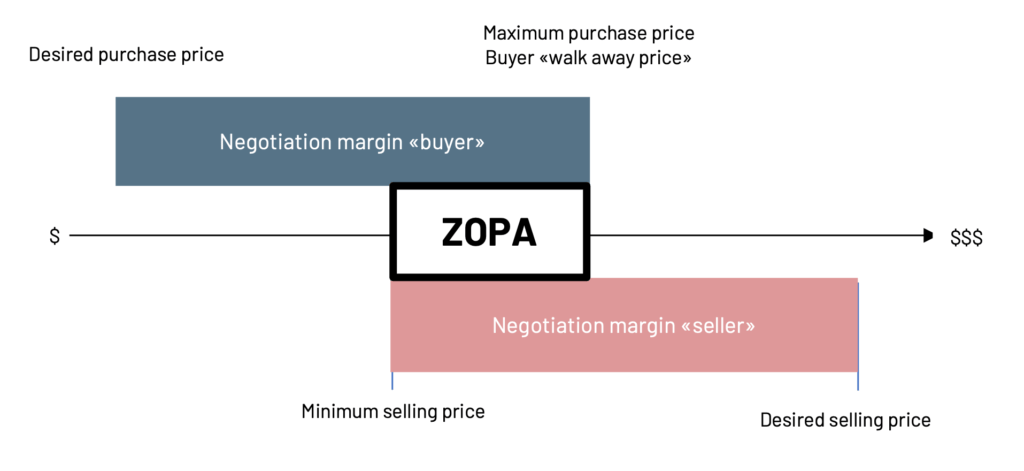
Trump could be trying to expand the ZOPA as much as he can, in his favor
But this only works if the other party doesn’t call your bluff. So interestingly, all the discussion about “this is a negotiation tactic!” actually weakens the effectiveness of this negotiation tactic. It works best when the other party doesn’t think it’s a negotiation tactic.
As I was writing this article, big news broke here in Korea — Hyundai has committed a $21 billion dollar investment in car, steel and parts factories in the USA. Trump in response has waived the 25% tariff on Hyundai. This is an example of the tariffs working (and I’d like to see a lot more than this before calling it a win).
Do new trade deals get struck with the tariffed nations?
This one is somewhat obvious, but it’ll be very clear that these negotiation tactics are working if Canada / Mexico / China, etc. agree to new terms that are more favorable to the US. This has not happened yet.
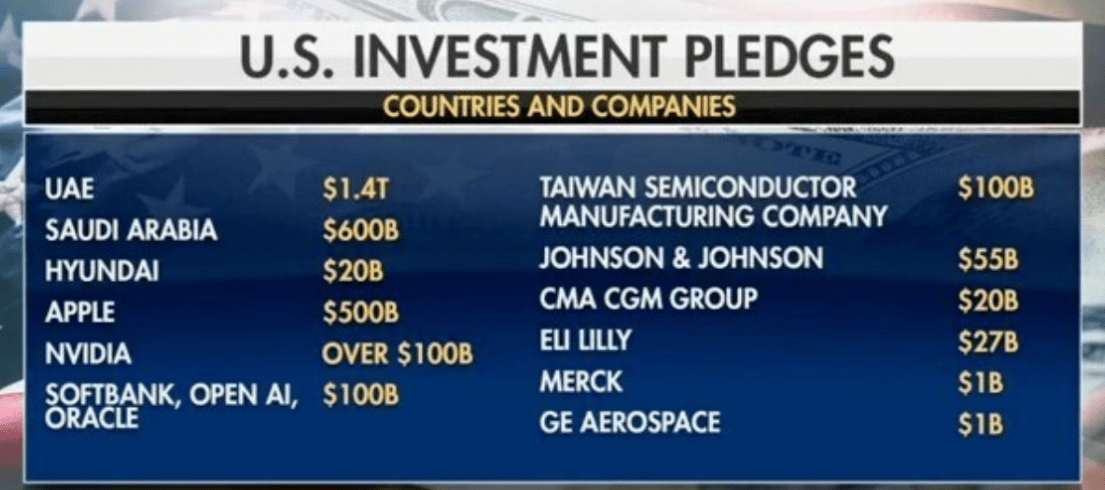
Trump himself recently posted this screenshot from FOX News pointing to the various investment pledges by various corporations and nations.
And although you could chalk this up to “tariffs are working”, I’d like to see more significant and long-standing trade deals struck with nations such as Canada, Mexico, China, Europe, and so on — which is where I see more uncertainty around relationships with allies.
April 2nd will be a big day, because this is when the 2nd round of Trump’s tariffs are expected to go into effect.
Will Trump reduce the income tax?
This is the most extreme, long-term outcome I’m watching for.
There have been some pretty unbelievable claims from Trump’s Secretary of Commerce, Howard Lutnick, that Trump wants to completely remove the income tax for all income under $150,000 a year.
As mentioned at the outset, tariffs are a tax. Hence, they increase costs for consumers and can lead to inflation.
But if they were counterbalanced with a reduction in taxes elsewhere? That’s where you really start to see the power of tariffs.
This is how tariffs created so much prosperity in the 1800’s. It wasn’t due to tariffs in a vacuum — it was a combination of high tariffs and zero income tax.
Don’t get me wrong… I don’t take Lutnick at face value here. This is an extreme claim, and I remain very skeptical. But I’ll certainly be watching this.
What This Means For Your Investments
Regardless of whether trumps are working or not, there is one undeniable reality:
Tariffs introduce uncertainty.
No one knows exactly how tariffs will impact the economy and international trade. No one even knows exactly what tariffs will make it to the April 2nd finish line.
And when there is uncertainty in markets, generally that brings stock prices lower.
The question you have to ask yourself as an investor is this:
Will the coming weeks and months bring more certainty, or more uncertainty?
There are arguments for both sides here.
Tariffs in general create uncertainty. And the very fact that they are being implemented adds complexity to an already complex world of trade.
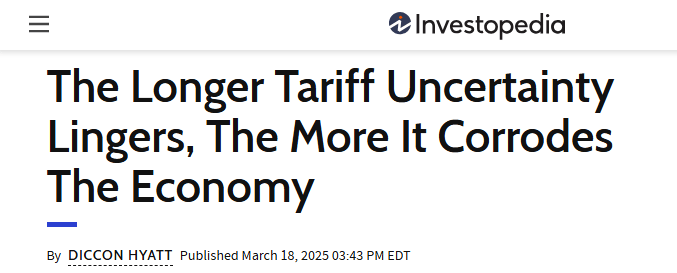
But you could also argue that clarity around tariffs will reduce uncertainty and calm down the markets.

Personally, I am not making big changes to my investment strategy. I continue to buy and hold diversified index ETFs like the S&P 500, and scarce high-quality assets like Bitcoin.
In short:
Ensure you have an emergency fund
Resist trying to time the market - our emotions are deceiving
Continue with your current investment strategy - buy and hold high-quality assets
Stay tuned for Level 4 in the 5 Levels of Investing series where we’ll break down index ETFs, why they’re generally recommended for most retail investors, and how to get started with them.
To your prosperity,
Brandon @ Wealth Potion
Build in Public Update

YouTube is the clear outlier this month
Yes, you’re not imagining it. Two newsletter articles and two YouTube videos this week from Wealth Potion.
Last week, I shared that my “How We Play Video Games…” video was my top-performing video on YouTube.
Well, that didn’t last long.
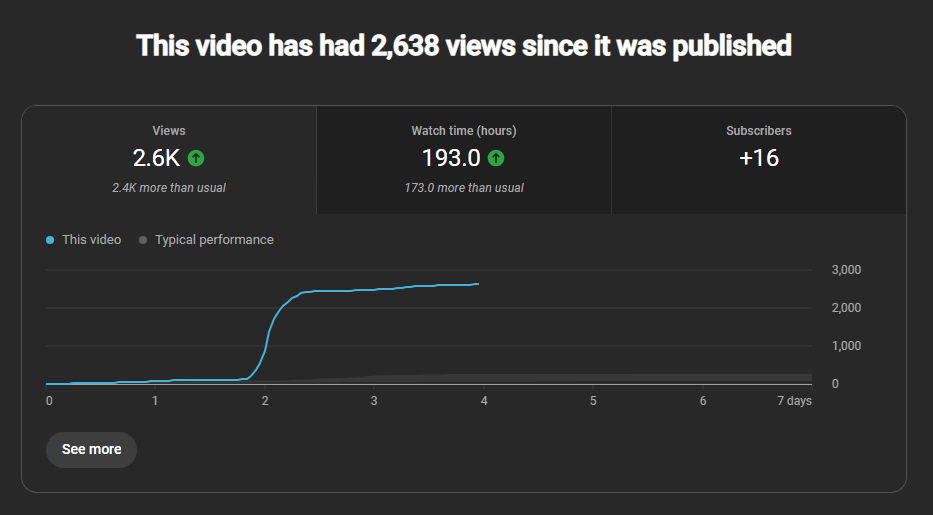
Last Thursday’s “What Gary’s Economics Gets Wrong” video has now taken the #1 spot. The 200+ comments on the video are… spicy, to say the least 😂
With my videos seemingly hitting the YouTube algorithm, I don’t want to pass up on this opportunity.
Would love your feedback on the cadence though — Is two articles / videos a week too much? Or are you pleasantly surprised to see Wealth Potion in your inbox on a Monday?
Let me know, I read all the replies.


